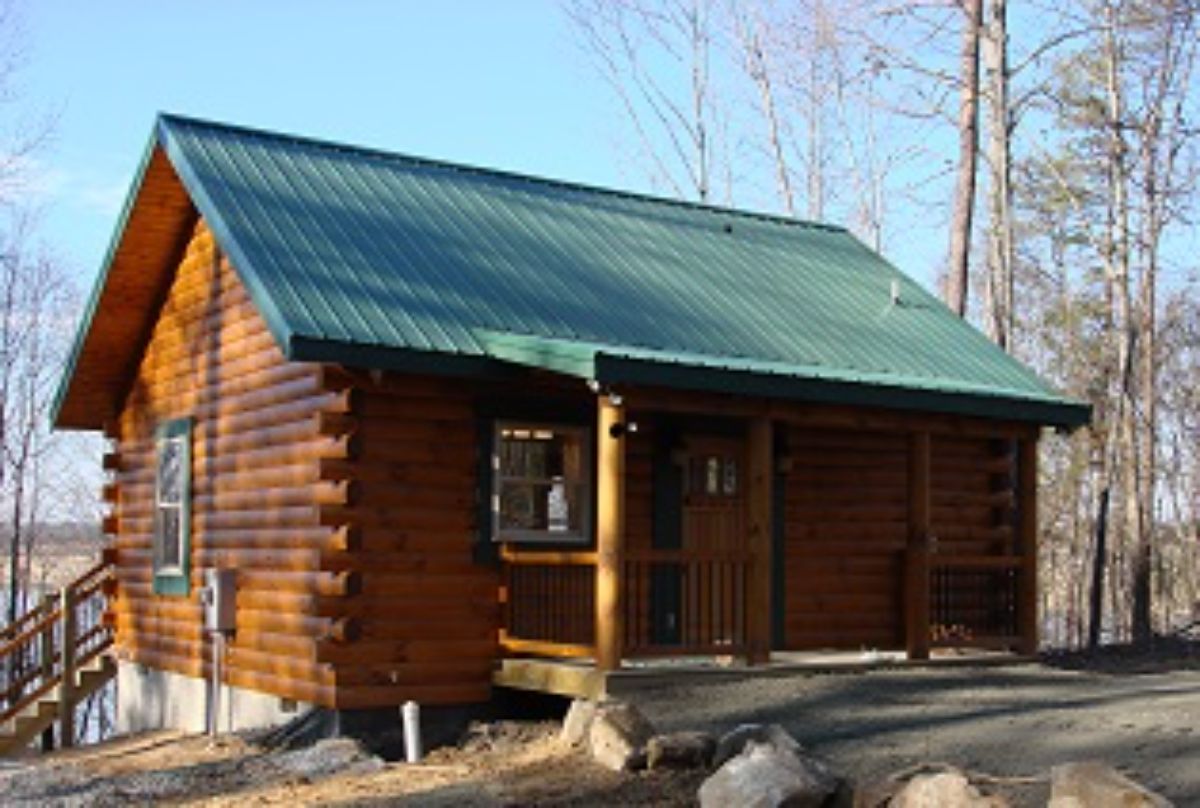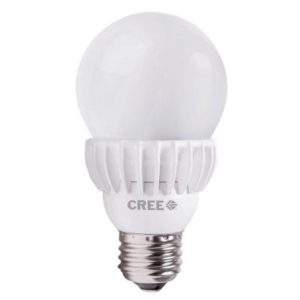Calculating the small cabin energy needs can be tricky when you’re trying to set up an off-grid energy supply. Let’s look at how to add up and convert your energy usage so you can determine your energy needs.

We’ll also need to understand how to convert between AC (alternating current) and DC (direct current) and how the difference affects our calculations. Let's do some math!
Cabin Energy Conservation
To begin, the best thing you can do is limit the amount of power you use in your small cabin. Installing LED lights will make an enormous difference in lessening your power needs. These are more expensive initially but they draw very little current. Shop for high-efficiency appliances and pare down your energy usage to the minimum.
By building a tiny cabin you can significantly reduce your energy consumption, saving money and reducing waste.
Calculating Your Small Cabin Energy Needs
The first step in any consideration of small cabin power sources would be to determine the actual or predicted energy usage for your cabin. People often get confused by the terminology so as a reminder, the difference between energy (kWh or kilowatt-hours) and power (kW or kilowatts) is that energy is the quantity of electricity consumed, while power is the rate at which electricity is consumed.
Calculating the energy needs of a small cabin uses the basic equation P=EI:
- Power (watts) = Current (amps) x Voltage (volts)
What we really need is the amperage draw that we will need to replace, so we can rewrite this as:
- Current (amps) = Power (watts) / Voltage (volts)
12-volt DC Appliances
If you are using 12-volt appliances (refrigerator, light bulbs, fans) it’s easy to calculate the amperage draw per day. Say you use a 60 watt bulb for 5 hours each night:
- 60w / 12v = 5A
- 5A x 5 hrs = 25 amp-hours
Or say you’re running a small 12-volt fridge that draws 5.0A when running and averages a runtime of 20 minutes every hour. That means you’re drawing a continuous average of 1.7A,
- 5.0A x ⅓ hr = 1.7A continuous (average)
- 1.7 amps x 24 hours = 41 amp-hours per day
120-volt AC Appliances
But what happens if you want to use standard household appliances like a microwave or a radio through an inverter (more on this in our Small Cabin Energy Storage page)?
How do we convert something running on 120-volts AC power to determine the draw on a 12-volt DC battery for our small cabin energy needs?
Since watts are a unit of power, it doesn't matter whether it is AC or DC power. So you can take the power rating (check the user’s manual for the manufacturer’s rating or look on the back for a label) and divide it by 12VDC to give us the DC current that will be drawn. There are also inefficiencies involved in the inverter so it’s a good idea to add about 20% to the current to account for this.
Say you want to use a small microwave in your cabin. You look on the stamped metal plate on the back which tells you that the unit is rated at 700 watts. You decide that you will use it for an average of ½ hour every day:
- 700 watts / 12VDC = 58.3 amps
- 58.3 amps x ½ hour = 29.2 amp-hours per day
- 29.2 amp-hours + 5.8 (inefficiencies) = 35 amp-hours per day
Not very much, it it? Although it draws a lot of amperage when it’s running (58.3A), it’s not running for very long, so the overall energy use is actually quite small. We simply need to replace about 35 amp-hours every day for our microwave usage.
You should be aware that appliances that use resistance heating draw very high amperages and should be avoided. This includes things like toasters, hair dryers and coffeemakers.
75-Watt LED Light Bulb
A typical 75-watt LED light bulb is rated at 14 watts:
- 14 watts / 12VDC = 1.17 amps per bulb
If you burn 3 bulbs for 2 hours each, that’s 6 hours / day, or 1.17 amps x 6 hours = 7 amp-hours /day
- 7 amp-hours + 1.4 (inefficiencies) = 8.4 amp-hours / day
See how energy-efficient LED light bulbs are? An equivalent incandescent bulb would draw five times as much current, requiring us to replace all that lost energy every day.
Summary
Now that you understand how to calculate the amperage or current draw for each appliance, you can add up all of your current draws using a simple table like this, as a random example:
| Load | Consumption (A) | Time (hours) | Daily Ah Usage |
|---|---|---|---|
| Microwave | 58.3 | 1/2 | 35.0 |
| TV | 5.0 | 2 | 12.0 |
| Lights x 3 | 15 | 5 | 8.4 |
| Radio | 2.5 | 4 | 12.0 |
| Fridge | 1.7 | 24 | 41.0 |
Adding these up you can see that you need to provide a total of about 110 amp-hours every day. Now we have a number for our small cabin energy needs that we can work with to determine what we can reasonably use for power generation.
Once we have this information regarding our small cabin energy needs, we can move forward with determining whether setting up our own small cabin power generation is feasible. If so, we can then decide how to set up the best hybrid system and look at the size of small cabin energy storage necessary (using batteries) and how best to deliver it.
This is part of our series on handling various aspects of building small cabins. You can check out all the articles here:
- Small Cabins
- Small Cabin Site Preparation
- Small Cabin Heating
- Small Cabin Water Supply
- Small Cabin Power
- Small Cabin Energy Storage
- Small Cabin Energy Needs - this page
- Free Small Cabin Plans
More Small Cabin Pages:
Free Small Cabin Plans Free small cabin plans are available for download for the DIY log home builder.
Tiny Cabin A tiny cabin reduces the impact on resources, the environment and your wallet.
Pallet Cabins Pallet cabins are one way to affordably build a tiny home using cheap, recycled materials.
Build a Small Log Cabin How To Build a Small Log Cabin: Reprinted from December 1983 Popular Mechanics by Michael Chotiner with illustrations done by Harry Schaare.
Small Cabin Energy Storage The best small cabin energy storage is using deep-cycle batteries with an MPPT controller and an inverter. Here’s how to select, size and set up your system.



[…] this simple calculation, we’ve come to the conclusion that our batteries should store at least 1,025 watt-hours of solar […]